1. Social Issues in the News
2. Culture and the Sociological Perspective
2.1. Concept- Culture: The artifacts and ways of thinking, feeling, and acting that are part of any society
2.2. Culture and Biology
2.2.1. Concept- Sociobiology: The view that genes and other aspects of human biology influence human behavior and values.
2.2.2. Concept- Eugenics: The view, popular in the early 20th century, that certain categories of people were biologically inferior and hence should be sterilized.
3. Elements of Culture
3.1. Changing Norms and Beliefs
3.2. Concept- Nonmaterial Culture:The symbols, language, norms, and values that constitute a major part of a society’s culture.
3.3. Concept- Material Culture:An element of culture consisting of society’s material objects, or artifacts.
3.4. Symbols
3.4.1. Concept- Symbols: Things that stand for something else and that often evoke various reactions and emotions.
3.4.2. Concept- Gestures: Movements of the hands, arms, head, and other parts of the body that are meant to convey ideas or emotions nonverbally.
3.5. Language
3.5.1. Concept- Sapir-WhorfhypothesisThe view that language influences the thoughts and perceptions of people in a society.:
3.6. Sociology Making a Difference
3.7. Norms
3.7.1. Concept- Norms: Socially acceptable ways of behaving
3.7.2. Concept- Formal Norms: Norms that are very important and usually written down; also called laws and mores.
3.7.3. Concept- Informal norms:Relatively unimportant norms, often unwritten, that still affect people’s behavior.
3.8. Rituals
3.8.1. Concept- Rituals: Established procedures and ceremonies that often mark transitions in the life course.
3.9. Values
3.9.1. Concept- Values: Criteria of what is desirable or undesirable and right or wrong.
3.10. Individualism in the United States
3.11. The work Ethic
3.12. Artifacts
3.12.1. Concept- Artifacts: The material objects that constitute a society’s material culture.
4. Cultural Diversity
4.1. Concept- Counterculture: A subculture whose norms and values directly oppose those of the larger culture.
4.2. Concept- Cultural Diversity: Variation in the elements of culture from one society to the next.
4.3. Concept- Subculture: A smaller culture within a larger culture with distinctive ways of thinking, feeling, and acting.
4.4. Cultural Relativism and Ethnocentrism
4.4.1. Concept- Cultural Relativism:The belief that no culture’s norms, values, or practices are superior or inferior to those of any other culture.
4.4.2. Concept- Ethnocentrism:The tendency to judge another culture by the standards of our own, and the belief that our own culture is superior to another culture.:
4.4.2.1. ]
